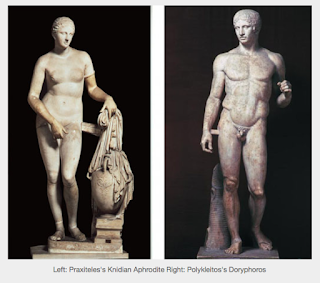Structure of My Paper
Abstract I am going to talk about my illustration subjects that based on women, female body, female issues and how I want to develop them in a fun but teasing way. Also I will give hints about references from body representation including Ancient Greek, Medieval and Renaissance periods and 19th, 20th centuries through history. Regarding illustration and women representation, I will look for Pin-Up Girls and visual transformation of female body from illustration to photography. Objectification of female body will lead me to talk about body politics and Michel Foucault’s Biopolitics. On the other side, satire drawings in the history, cynical art will be discussed during the background survey. Introduction I will mention that female body and wrong public discourses, taboos are my topics to draw about. My works aim to show how we are affected by public norms directly. My personal and artistic approach opposes admitted facts of beauty. I prefer drawing chubbiness, plu



